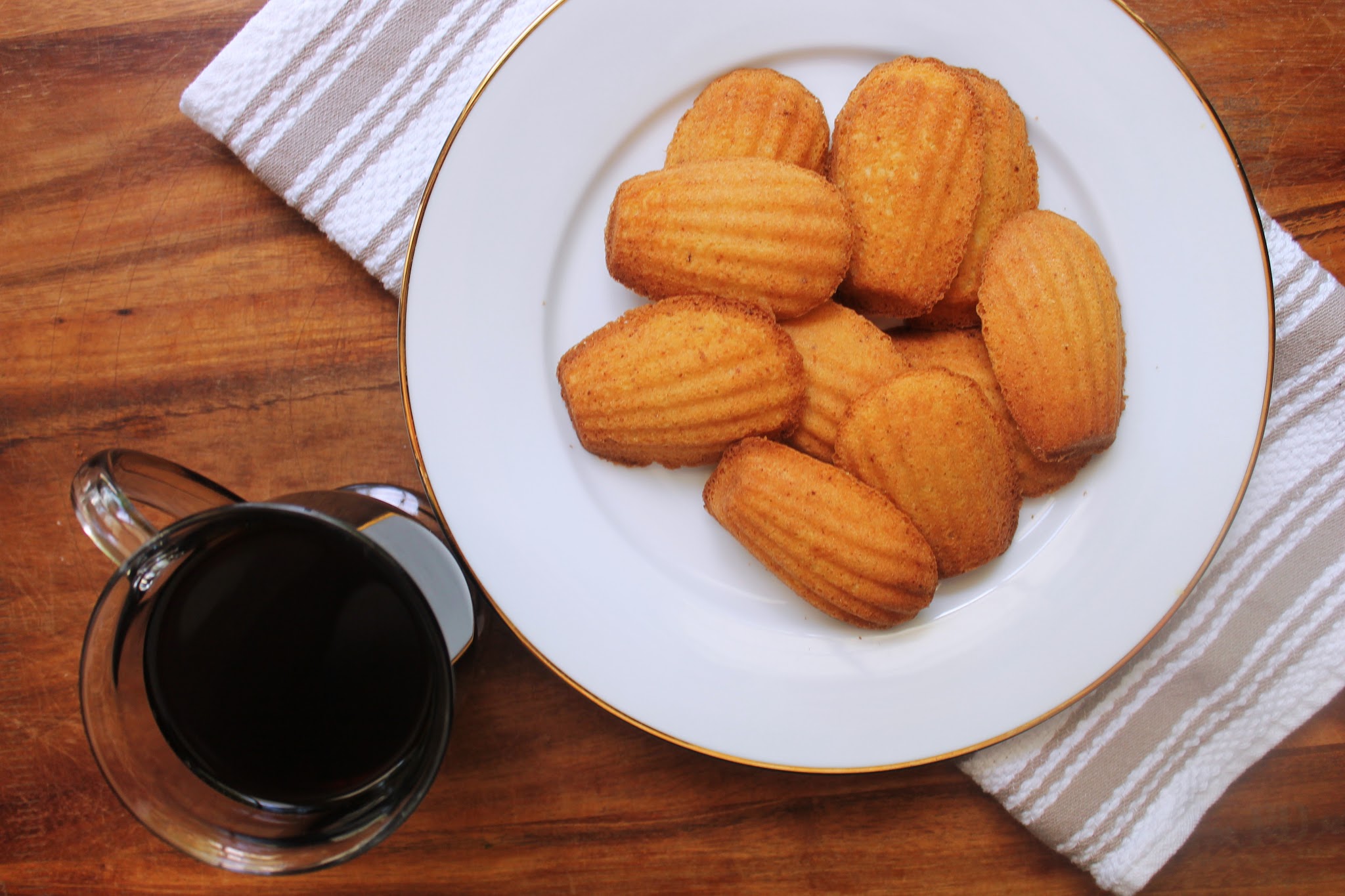 In honor of Bastille Day, we wanted to feature something distinctly French. Pastry seemed a little too ambitious given our work schedules these days, and while some iteration of ratatouille will surface on the blog eventually, a proper version might be more appropriate to later in the year. Taking a cue from Proust, we opted for the lovely, delicate sponge cookies known as madeleines. These scalloped, shell-shaped treats are a personal favorite and have been for many years. Since the taste and texture of these cookies are so distinct and evocative (a trait expounded upon so beautifully in Proust’s “Remembrance of Things Past”), it was especially important to get the gluten free adaptation just right.
In honor of Bastille Day, we wanted to feature something distinctly French. Pastry seemed a little too ambitious given our work schedules these days, and while some iteration of ratatouille will surface on the blog eventually, a proper version might be more appropriate to later in the year. Taking a cue from Proust, we opted for the lovely, delicate sponge cookies known as madeleines. These scalloped, shell-shaped treats are a personal favorite and have been for many years. Since the taste and texture of these cookies are so distinct and evocative (a trait expounded upon so beautifully in Proust’s “Remembrance of Things Past”), it was especially important to get the gluten free adaptation just right.
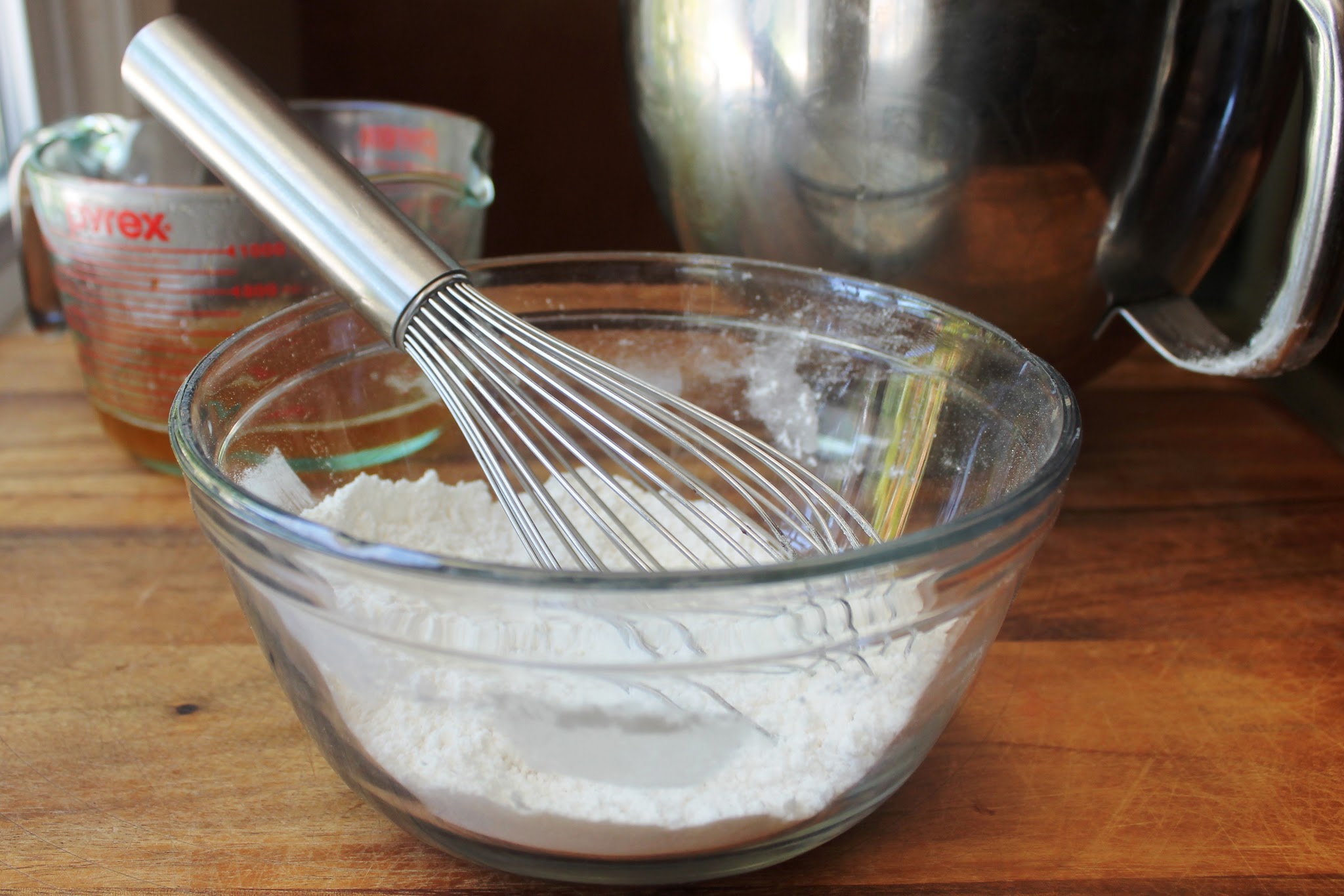
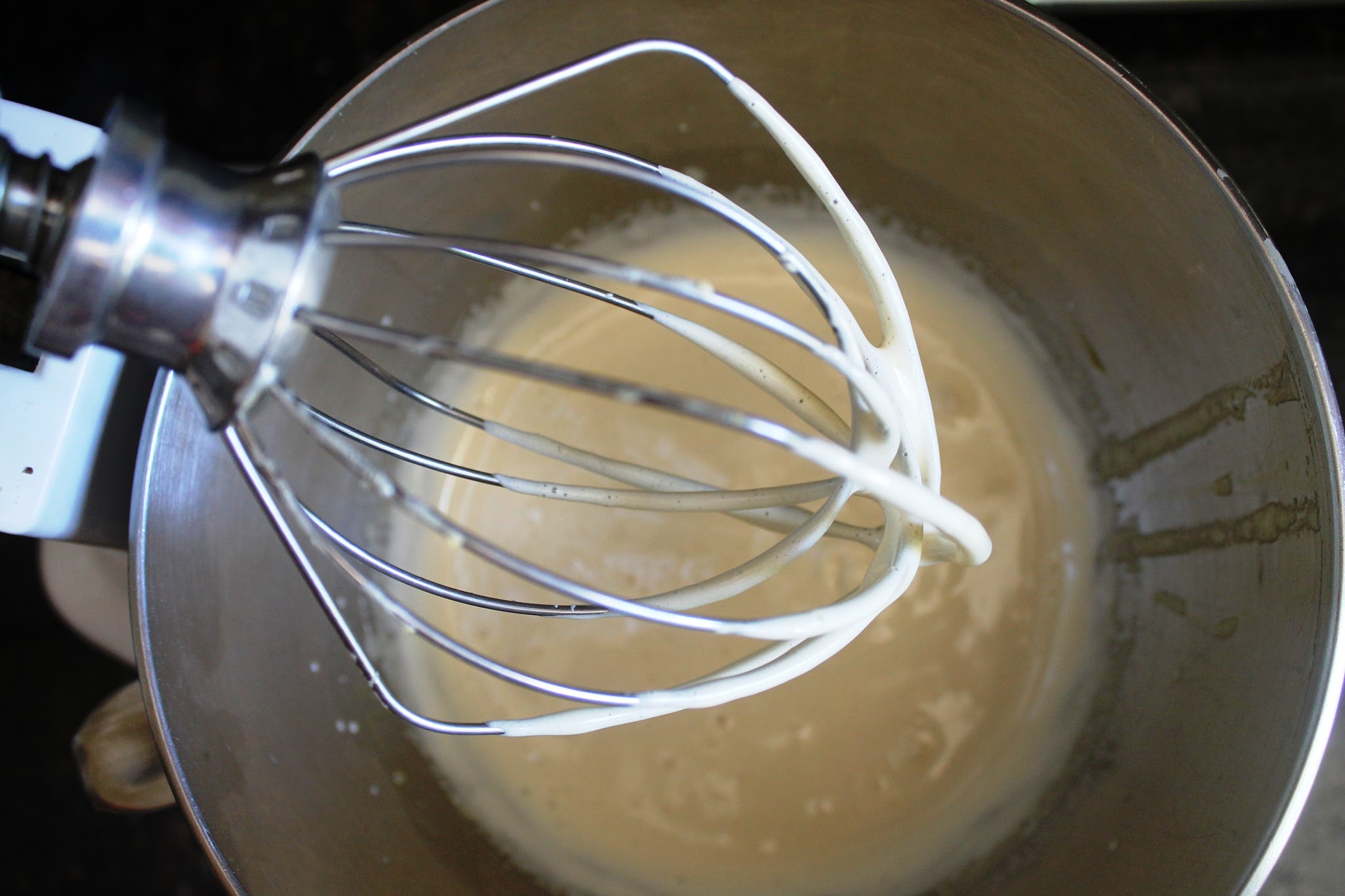 The sponge cake quality precluded the use of our favorite gluten free Cookie Flour Blend, so an all-purpose gluten free flour blend was used instead. No funny, chalky aftertaste or overly dense texture would do. We’ve found that the best way to manage a stellar gluten free adaptation is to start with a stellar conventional recipe. When it comes to foolproof baked goods, you really can’t do better than Cook’s Illustrated. Their approach to perfecting any recipe is based heavily in food science. Given that, we can apply the basic principals of gluten free baking with a fair amount of confidence in the end result.
The sponge cake quality precluded the use of our favorite gluten free Cookie Flour Blend, so an all-purpose gluten free flour blend was used instead. No funny, chalky aftertaste or overly dense texture would do. We’ve found that the best way to manage a stellar gluten free adaptation is to start with a stellar conventional recipe. When it comes to foolproof baked goods, you really can’t do better than Cook’s Illustrated. Their approach to perfecting any recipe is based heavily in food science. Given that, we can apply the basic principals of gluten free baking with a fair amount of confidence in the end result.
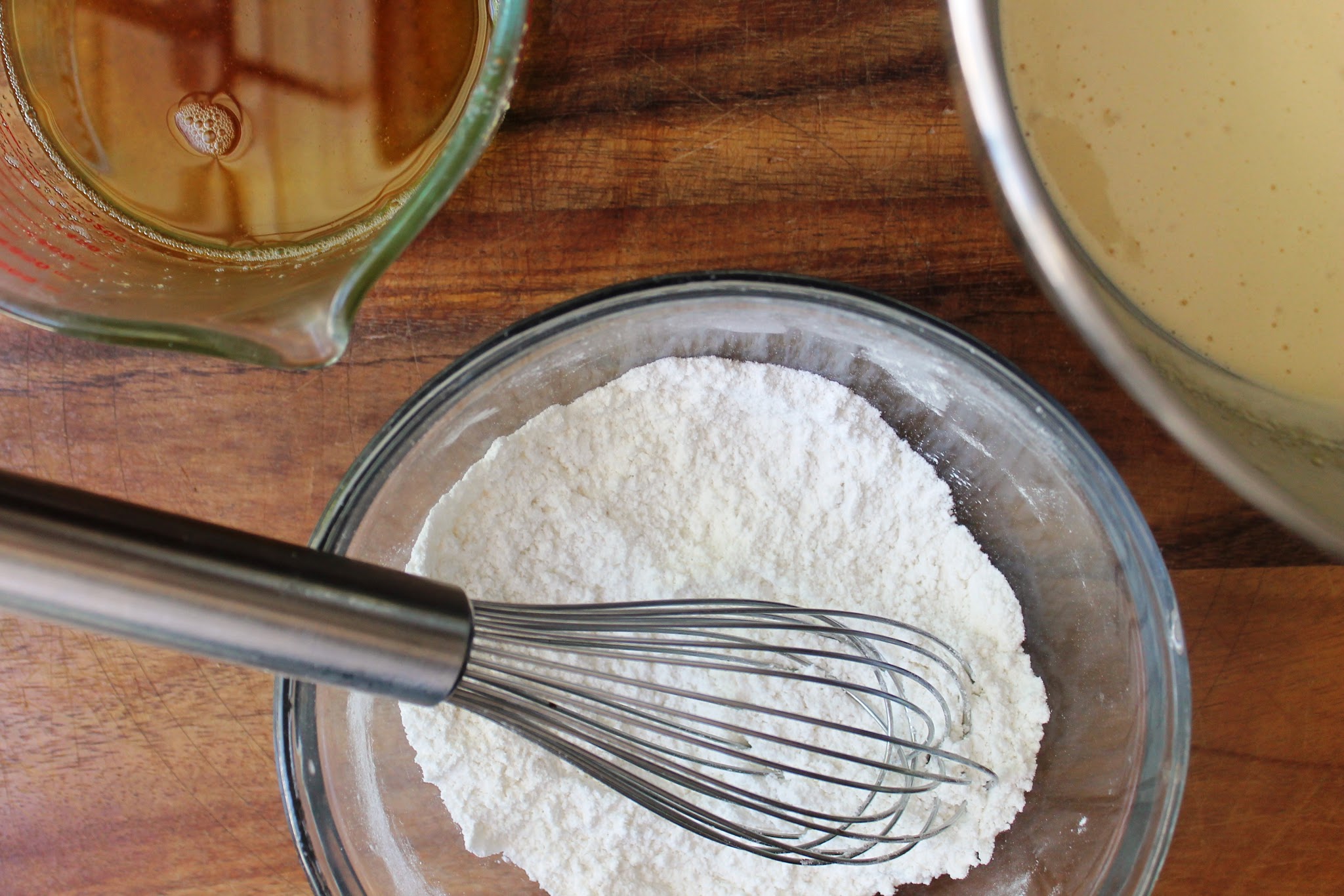
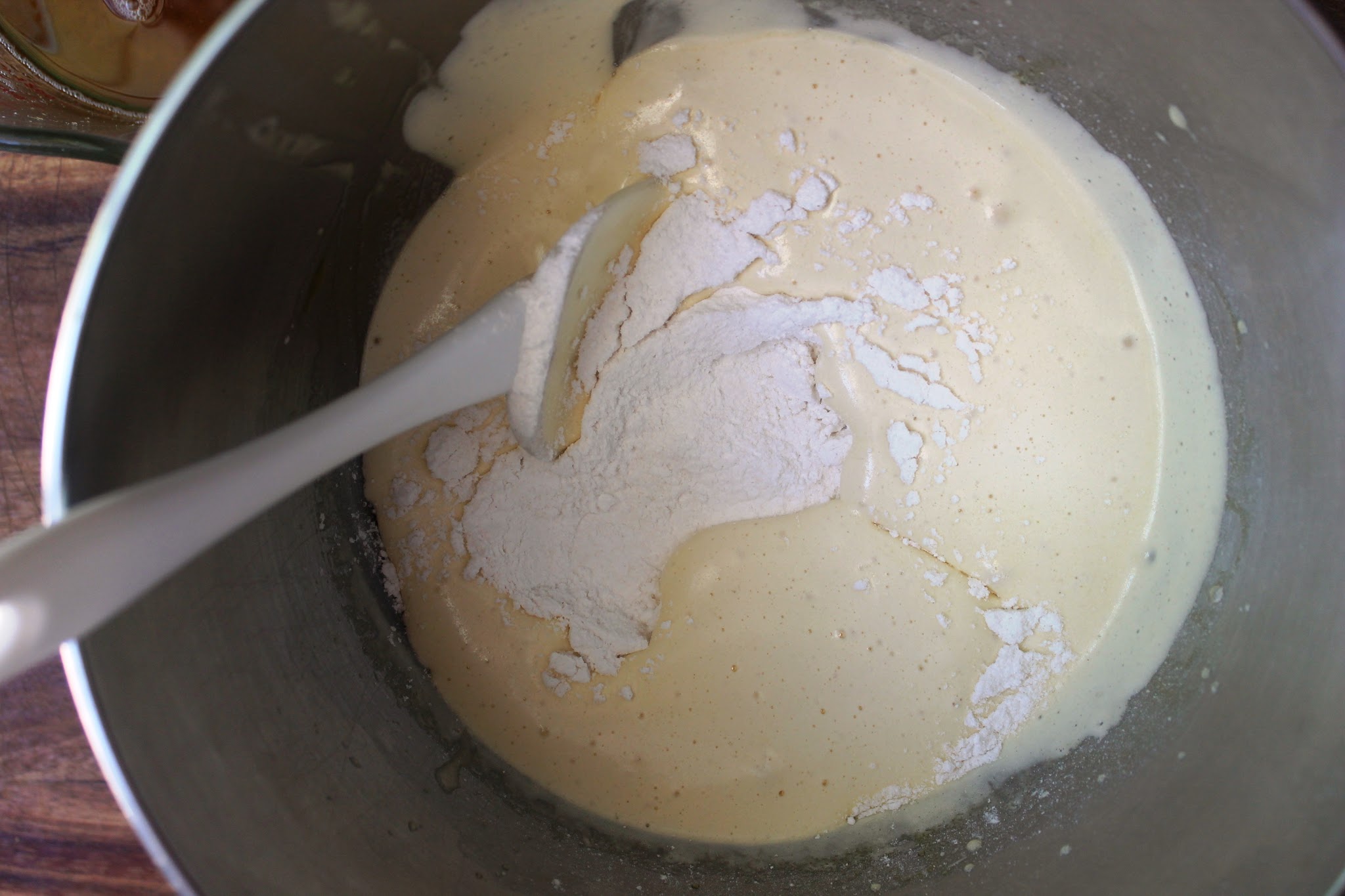 Their recipe called for a combination of all-purpose and cake flours. Most good gluten free all-purpose or baking flour blends will cover those same bases, with the addition of a little xanthan gum for structure. Aside from the flour swap, the other change that we made was to upgrade the butter, because whenever Kyle reads a cookie recipe–or any recipe, for that matter–that calls for butter, his brain autocorrects it to “brown butter.” There are never any regrets or complaints whatsoever.
Their recipe called for a combination of all-purpose and cake flours. Most good gluten free all-purpose or baking flour blends will cover those same bases, with the addition of a little xanthan gum for structure. Aside from the flour swap, the other change that we made was to upgrade the butter, because whenever Kyle reads a cookie recipe–or any recipe, for that matter–that calls for butter, his brain autocorrects it to “brown butter.” There are never any regrets or complaints whatsoever.
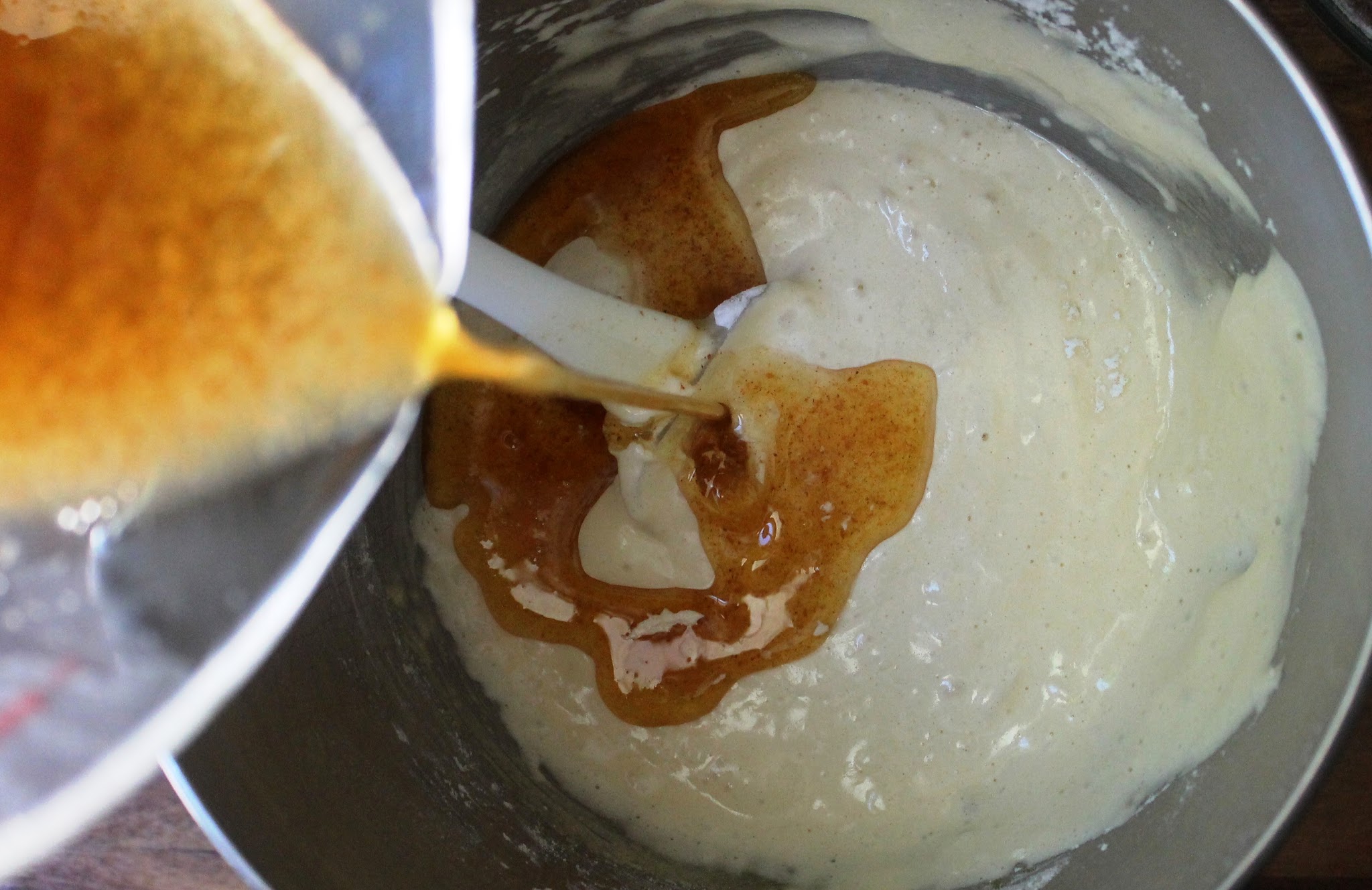 These do require a special pan, but they’re special cookies and well worth the investment. Our pan is larger than the standard “petite madeleine” pan, so while the original recipe says it yields 24 cookies, we never get that many. At most, we’ve gotten 18, but generally we end up with about a dozen. That’s actually fine, because not eating them all in one sitting is practically one of the Labors of Hercules.
These do require a special pan, but they’re special cookies and well worth the investment. Our pan is larger than the standard “petite madeleine” pan, so while the original recipe says it yields 24 cookies, we never get that many. At most, we’ve gotten 18, but generally we end up with about a dozen. That’s actually fine, because not eating them all in one sitting is practically one of the Labors of Hercules.
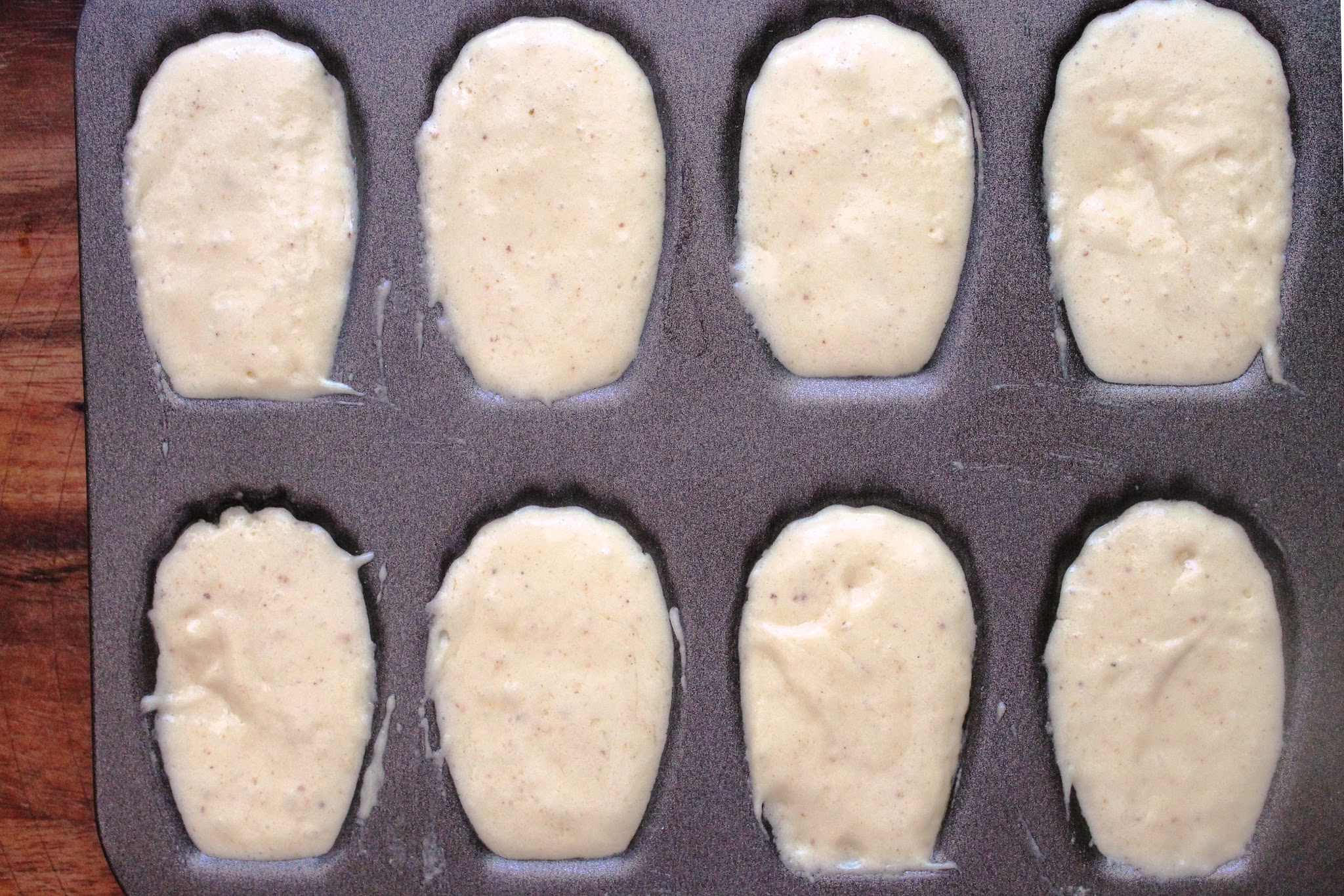 With brown butter, the results always speak for themselves, as our Dirty Blondies and S’mores Crispy Treats, and our Brown Butter Vinaigrette prove unequivocally. This instance is no different. With the addition of the brown butter, then giving the eggs a fairly fervent whisking, you end up with the signature airiness of these tea cakes, underscored by rich, nutty, buttery caramel notes that will linger on your palate long after the last morsel disappears. Another fantastic result of browning the butter is that the madeleines have a rich, golden color that is practically seductive.
With brown butter, the results always speak for themselves, as our Dirty Blondies and S’mores Crispy Treats, and our Brown Butter Vinaigrette prove unequivocally. This instance is no different. With the addition of the brown butter, then giving the eggs a fairly fervent whisking, you end up with the signature airiness of these tea cakes, underscored by rich, nutty, buttery caramel notes that will linger on your palate long after the last morsel disappears. Another fantastic result of browning the butter is that the madeleines have a rich, golden color that is practically seductive.
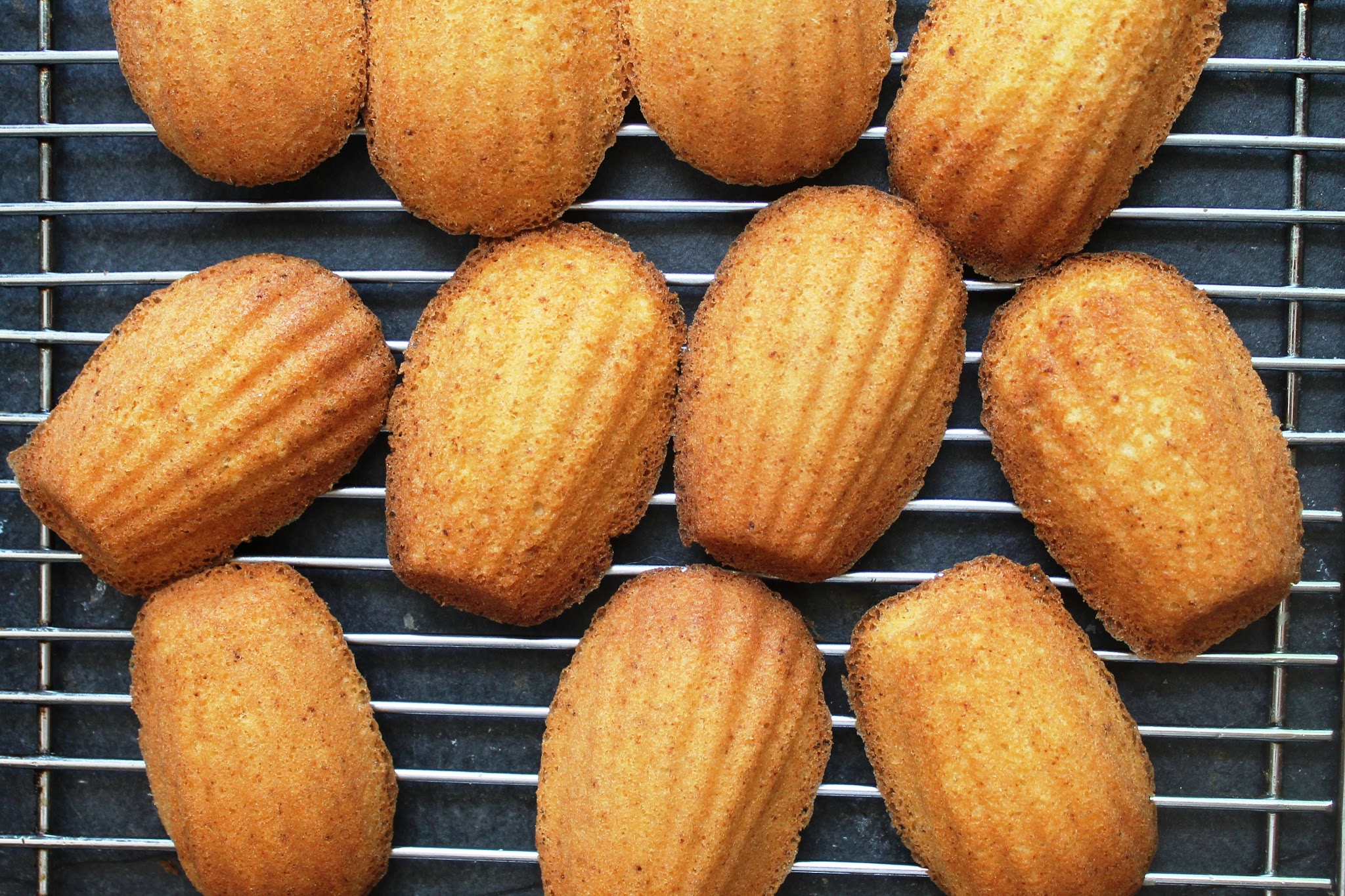 These are wonderful served with coffee or tea, as they are the perfect little dunkers. You can also dip one end in melted chocolate, spoon on a little of your favorite jam, or give them a light dusting of confectioner’s sugar if you’d like. While this is a fantastic base recipe, you can always add in a little citrus zest (lemon and orange are particularly lovely), or swap out the vanilla extract for a nice quality almond extract. For our money, though, they’re just perfect on their own, with no fuss or embellishment. That’s the best way to revel in the flavors and texture that have made these petites gâteries such and enduring and iconic part of French culinary (and literary) history. To our French friends, Bonne Fête Nationale! To everyone, Bon Appétit!
These are wonderful served with coffee or tea, as they are the perfect little dunkers. You can also dip one end in melted chocolate, spoon on a little of your favorite jam, or give them a light dusting of confectioner’s sugar if you’d like. While this is a fantastic base recipe, you can always add in a little citrus zest (lemon and orange are particularly lovely), or swap out the vanilla extract for a nice quality almond extract. For our money, though, they’re just perfect on their own, with no fuss or embellishment. That’s the best way to revel in the flavors and texture that have made these petites gâteries such and enduring and iconic part of French culinary (and literary) history. To our French friends, Bonne Fête Nationale! To everyone, Bon Appétit!
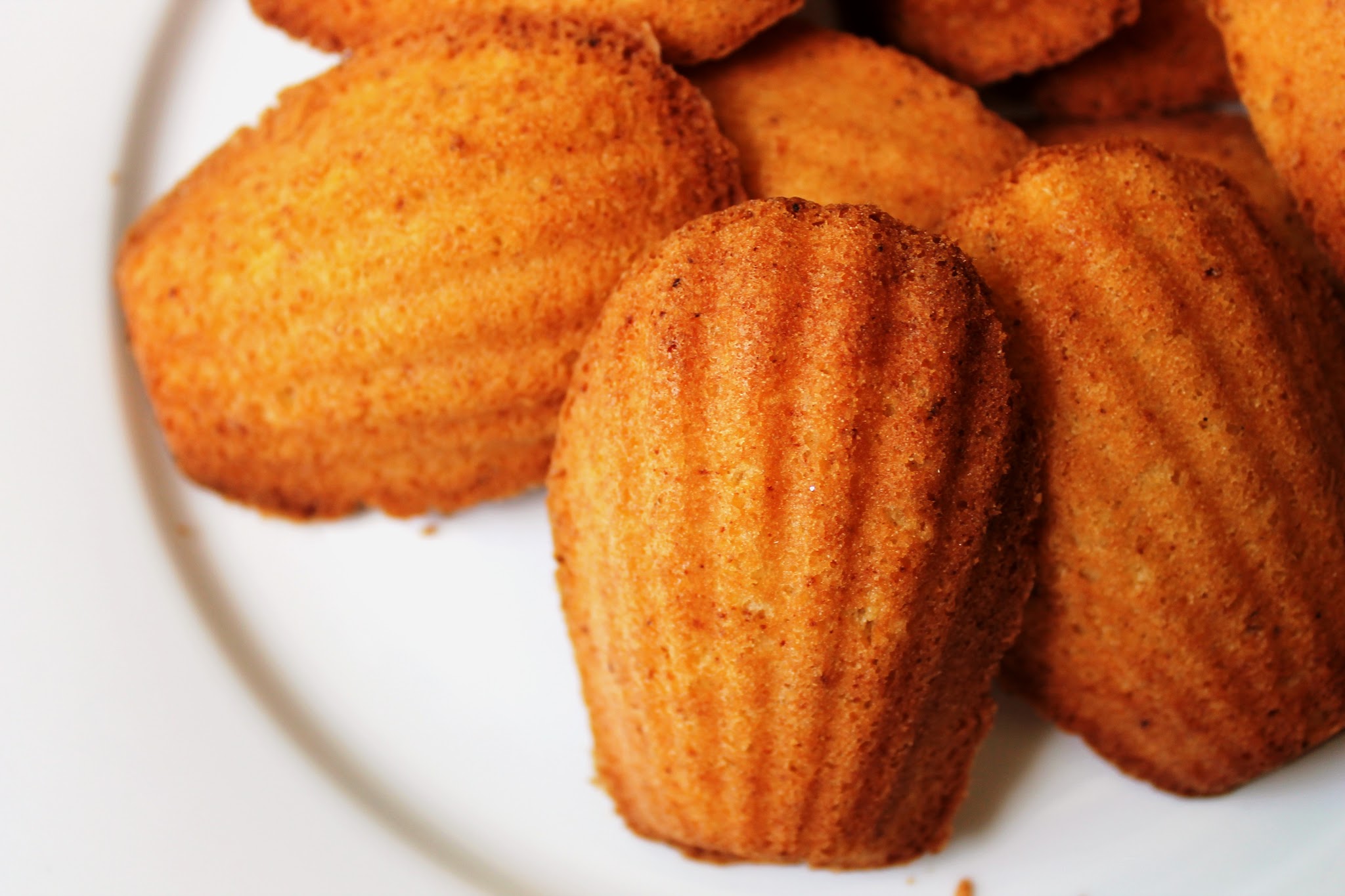 Adapted from The Cook’s Illustrated Cookbook.
Adapted from The Cook’s Illustrated Cookbook.
- 4 ounces (about 1 cup) All-Purpose Gluten Free Flour
- ½ teaspoon xanthan gum
- ¼ teaspoon salt
- 2 large eggs plus 1 egg yolk
- 3 ½ ounces (½ cup) granulated sugar
- 1 tablespoon vanilla extract
- 10 tablespoons unsalted butter, melted, browned and cooled
- Adjust oven rack to middle position and heat oven to 375 degrees. Grease 12-cookie Madeleine mold. Whisk flour, xanthan gum and salt together in small bowl.
- Using stand mixer, whisk eggs and egg yolk together on medium-high speed until frothy, 3 to 5 minutes. Whisk in sugar and vanilla until very thick, 3 to 5 minutes. With rubber spatula, gently fold in flour mixture, followed by melted butter.
- Spoon half of batter into prepared mold, filling mold to rim. Bake until cookies are golden brown and spring back when pressed lightly, about 10 minutes, rotating mold halfway through baking.
- Let cookies cool in mold 5 minutes, then flip out onto wire rack and let cool completely before serving, about 1 hour. Cool and re-grease mold and repeat with remaining batter.
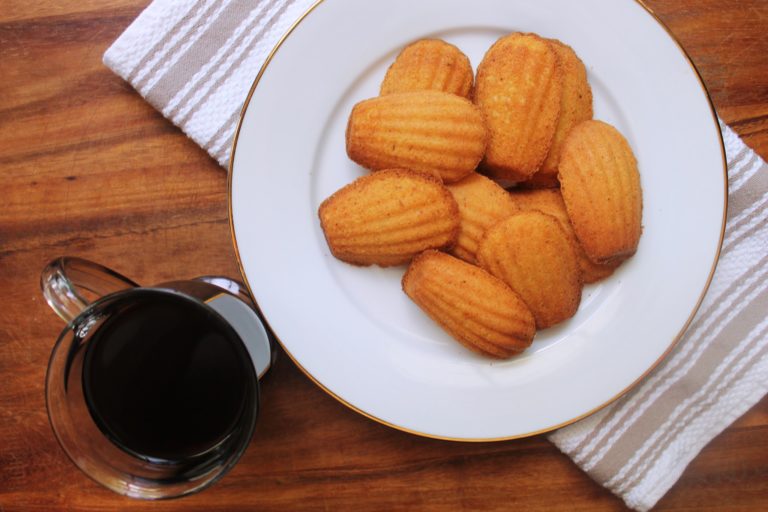
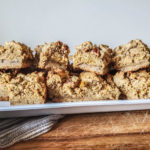
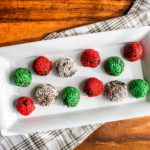
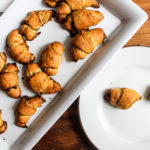
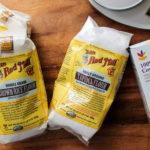
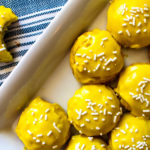
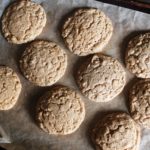
Leave a Reply